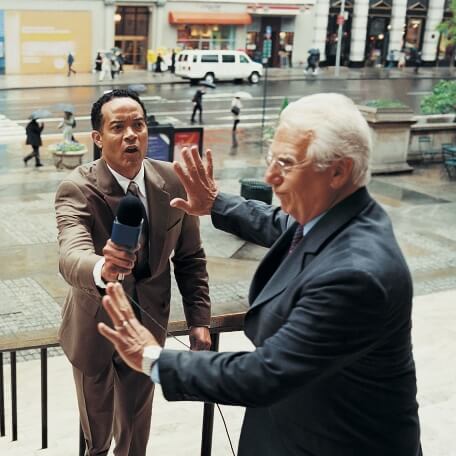Faction Skis co-founder Alex Hoye on muscling into markets, securing investment and the fast growth of China.
Business Going Downhill: How Faction Skis Overtook The Competition
Faction Skis co-founder Alex Hoye on muscling into markets, securing investment and the fast growth of China.
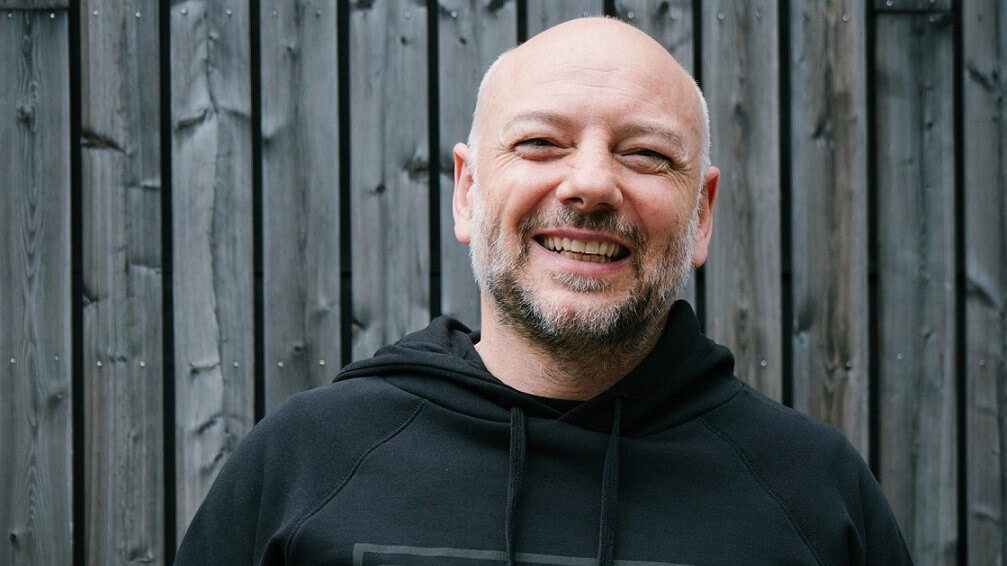
Since 2006, performance skis manufacturer Faction Skis has been ploughing through the snow sports market. Alex Hoye, co-founder and CEO, talks marketing, multi-million pound investments and opportunities in far-flung markets.
1. What’s the business in a nutshell?
Faction Skis is a designer and manufacturer of some of the best performance skis in the industry, and fastest growing independent global ski brand, selling 30,000 pairs of skis into 35 countries in 2018. All our skis are handmade at our own European factory and tested in Verbier, Switzerland, which gives us direct control over both product and quality.
We’re committed to innovative design and high-quality materials, which we believe align with the focus on quality, story, and experience currently defining the retail and media landscape. As part of our DNA, we’re constantly on the move and keeping things fresh by exploring exciting collaborations with like-minded lifestyle brands, such as our latest with Andorran bike brand Commencal.
Faction is also a leading film media production company - in the beginning we couldn’t afford to buy a slot with the big ski film production companies, so we turned to new technology like drones and rider-held steady cams and made up for what we lacked in budget with creativity.
2. Why did you start it?
Tony McWilliam and I founded Faction in 2006 as we identified an established market that was set for disruption. The skiing industry is dominated by companies whose founders innovated everything from aluminium laminates to steel edges in the 1940s and 1950s but are today slow-moving corporates that have grown out of touch with their consumers.
Like Detroit in the 1990s, the mentality is focused more on keeping their production volumes up than innovation and margin. This also occurred as media, communication, and retail channels have been revolutionised by digital media, leaving an opportunity in the $7bn snow sports market for an innovation led, internet speed driven global business.
We simply wanted to build a brand with a focus on creating better products, and we respected and got more involved with the people who buy our skis.
3. How did the business develop?
We were lucky really with The Faction Collective. Within a decade of our launch, retail channels were collapsing and buyers are now holding brands accountable to quality and being real, not just consumer machines. Our world-class team and investors have built a global platform, the best in the industry, and showcasing the best people on skis in our creative on media with humbling response from Tirol to Tokyo.
The five-year plan has Faction’s sales quadrupling for season 2022-23 but still focusing on only 2.5% of the market. These forecasts do not take the significant opportunities in China into account. We are thrilled by our expansion into outerwear for the 2018-9 season – FW: Gear for Alpine Living.
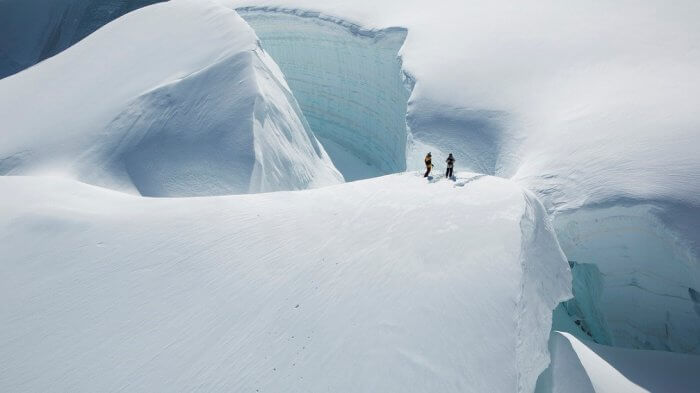
Faction skis had a small media budget, which it made up for with limitless creativity
4. As a small brand, how do you deal with the international nature of your business?
We have offices in London, Innsbruck and Breckenridge, with design in Switzerland and production in the Alps, to be present in places where we see the most beneficial opportunities for Faction to evolve.
I also believe that our global sales force and e-commerce really sets us apart and ensured that we've surpassed mid-sized competitors such as Scott, Black Diamond, Kaestle, and Movement in the past two years due to their global reach. Both are managed locally in key markets, working closely with strong retail partners offering local service, knowledge and awareness.
However, our goal is not to become a mass market player, losing margin and quality for market share. With a lean, global infrastructure, Faction can achieve scale with strong profit margins with less than 3% market share and will exceed our ambitions if our fans continue to prioritise quality and experience.
5. Tell us about market conditions
The Chinese ski industry has been expanding rapidly, making it the biggest growth driver for the ski industry globally. Faction is already established as an aspirational brand in the Chinese market, the first AFP-sanctioned (Association of Freeskiing Professionals) freeski competition in China was co-sponsored by Faction and won by Faction Olympian Alex Hall.
The Chinese skiing boom has already fuelled the construction of more than 700 domestic indoor and outdoor ski resorts, and in the lead up to the 2022 Beijing Winter Olympics, President Xi Jinping has stated his intention of 20% growth in skiers each year reaching over 100 million by the Games, and 300 million skiers by 2030.
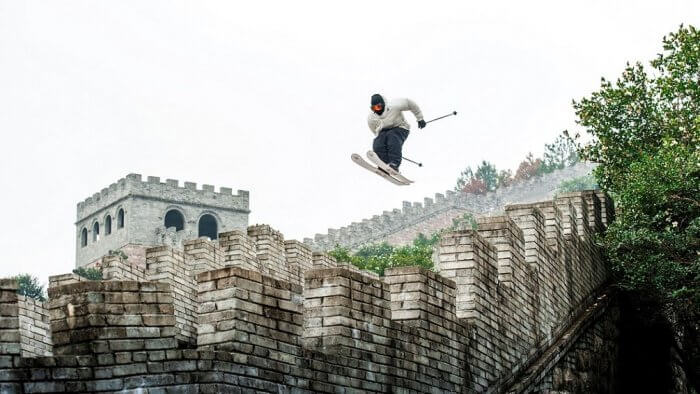
China is a major market for the snow sports industry
6. What has been your biggest mistake and how did you rectify the problem?
For years Tony and I built the company always taking any increased challenges or efforts primarily onto our own shoulders, working harder and grinding faster.
Over time we achieved a scale and reputation that enabled us to attract some amazing talent and two things happened: The workload has become better shared across an amazing senior management team and the resulting outputs have been better than a couple of individuals could muster.
It’s the same in every book but putting into practice that bringing on great talent even if it feels like you are not able to is crucial to grow – we all max out eventually!
7. What major bumps in the road have you had and how did you overcome them?
We have always been innovators first, pushing limits. That’s part of why we exist. Back in 2012 we wanted to try a new ski core technology using recycled PET bottles. At the last minute we decided to split the production with some hardwood as well.
The PET created great interest in sales and testing, and elite skiers enjoyed them, but then normal users started having issues some issues with the PET.
Fortunately, we were very small then and the run was very short. But it taught us a few things, one is that testing with elite skiers is not the same use case as all skiers, and you have to test with them in mind, and secondly, was that we made a huge effort on returns and taking care of the customers and they in the end still happy with us, which doesn’t stand up as an economic model, but it’s something we have carried forward as a brand priority – help our fans when issues arise.
And last of all, sometimes an exciting, green idea is great in concept, but does not play out in reality. We avoided that problem when we tried some recycled materials for some of our jackets and found that the durability trade off was more damaging than using virgin product. That said, we continue to innovate and have an exciting set of green initiatives in place for 2019-20.
8. What sets your business apart from the rest and how have you nurtured this point of difference?
People's focus on quality, story and experience are defining the retail and media landscape, meaning that today you have to deliver price-point basics very well or differentiated premium quality with meaning. Hence we're capitalising on the gap left by generalist retailers and multi-brand conglomerates.
The digital and social media revolution has also enabled us to reach millions of fans directly and we have an unprecedented opportunity to change the brand landscape with premium, innovative brands. Likewise, we don't rely on traditional advertising but stand out by being creating and publishing our own content of original films and social media.
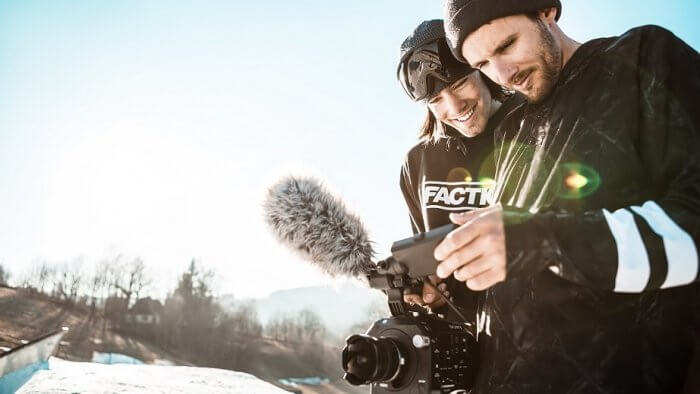
Faction have engaged top skiiers and pushed the brand via film and social media
9. How do you attract and retain good people?
We are radically transparent. That doesn’t work for some people – it’s really crazy to start a young business and it means that no one has anywhere or anyone to hide behind in delivering. However, it is incredibly-rewarding for people who want to see tangible impact on products, on a brand, on each other and on the world with what they are doing every day.
It’s important that we only bring on board people who are happy to grab the mantle and run with it, but it generates a hell of a team and culture that is a tiny group making a massive impact in the industry.
10. You recently closed a £4.5m investment round, 75% from angel investors, and are launching a follow-on round. What are your top tips for fundraising?
I try to get to know the investors to better understand where they are coming from. If it is an affinity for the macro trends around retail and premium products, if it is about the media reach that the internet enables that’s impacting everything from the rise of Netflix to stars like our famous endorsed skier Candide Thovex, or if it’s pure play economics – short term unit economics and long term cashflow models.
An investor in Faction is not putting a 3-year Treasury bond or an FTSE tracker to work, they always have something that is most important to them. We have an amazing investor base, from Goldman Sachs equity analysts to fintech entrepreneurs like Taavet Hinrikus.
And we also love that they are very engaged with us, feeding back on everything from product to ecommerce. The engagement from the investor base is rewarding and frankly good business sense.
11. What’s your best advice to would-be entrepreneurs?
Buckle up.
There are amazing benefits – the satisfaction of seeing a product, a culture, a team that was not in existence before that’s alive and kicking and impacting people later.
However, also clear trade-offs. The buck does not stop somewhere upstairs. You are the responsible. You need to be resilient and it’s not always easy. And some people will build massive companies, but if you’re doing it for the money, there are better odds ways of getting there. You’d better also be doing it for other reasons or you’ve probably done the maths wrong!
Thanks for signing up to Minutehack alerts.
Brilliant editorials heading your way soon.
Okay, Thanks!